If you were a kid in the ’90s, you lived through quite possibly the best cartoon lineup in human history. Between Nickelodeon’s lineup with quality shows like Rugrats and Doug to newcomer Cartoon Network’s fresh creations like Dexter’s Labratory and Courage the Cowardly Dog, it truly was an embarrassment of riches, and that’s not even scratching the surface of what PBS, Fox Kids, and Disney were offering.
That being said, not every ’90s cartoon went on to become a pop-cultural touchstone like The Powerpuff Girls. There are plenty of overlooked cartoons cluttering up dusty bins of VHS tapes at your local flea market. Those tapes are now a treasure trove of childhood memories, thanks to the fantastic cartoons that made the later half of the 1990s such an incredible decade. Most people just forgot they existed.
1. Mighty Ducks (1996-1997)
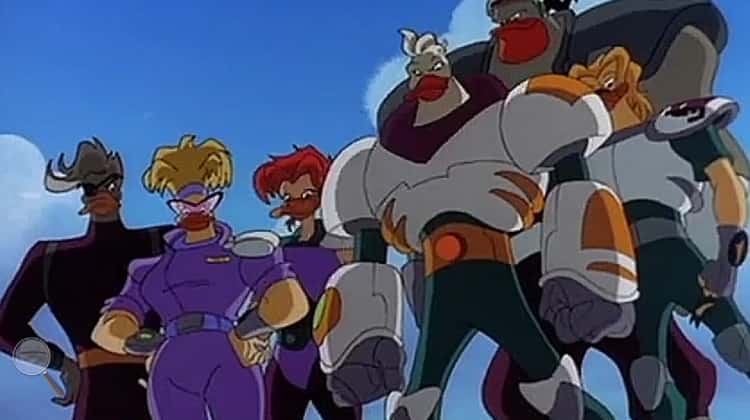
The Mighty Ducks was a massive success when it hit theaters in 1992, so it was just a matter of time before the film blossomed into a franchise. There are three movies in that franchise and an oft-overlooked animated show called Mighty Ducks: The Animated Series, which aired from 1996-1997. The show only lasted for a single season, consisting of 26 episodes.
The series isn’t much like the film that inspired it, as it centers around a team of anthropomorphic hockey-playing ducks. Disney embraced the athletic nature of the franchise while incorporating something that already worked well for the studio: walking, talking ducks! Unfortunately, what worked in DuckTales and other series didn’t do so well in Mighty Ducks. While it wasn’t on for long, it remains a fun series fans of the franchise should watch.
2. Beast Wars: Transformers (1996-1999)
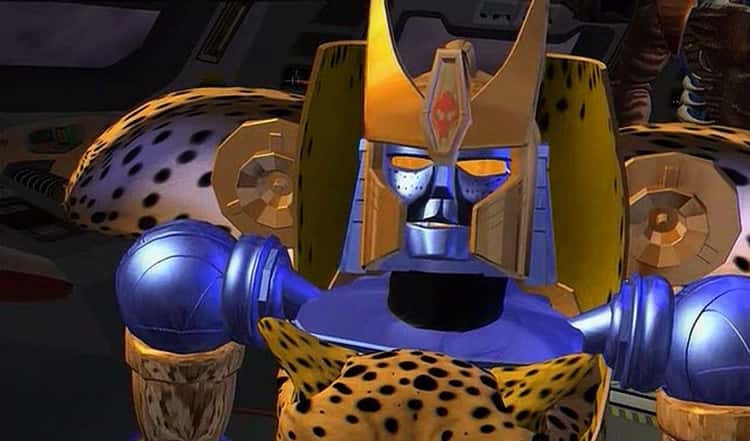
Beast Wars: Transformers is one of many animated series in the Transformers franchise. The show is set 300 years after the events of The Transformers, making it a direct canonical sequel… with a few centuries separating it and the 1980s television series. What sets Beast Wars: Transformers apart from the rest is that it’s the first series in the franchise to be produced via CGI.
The series focuses on the descendants of the Autobots and Decepticons, called the Maximals and Predacons, respectively. Their ongoing battle leads a couple of small teams to an unknown planet, where they must face off while working to find a way off the planet to rejoin the fight. The show was on the air for three seasons of 52 episodes, and it continued via a sequel series, Beast Machines: Transformers.
3. Cartoon Planet (1995-1999)
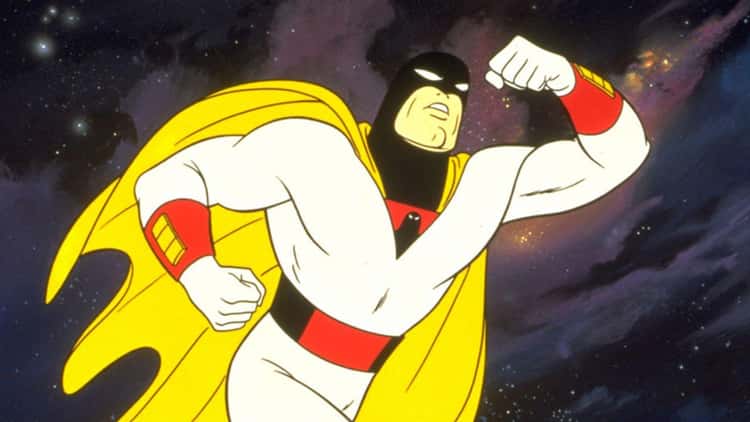
Space Ghost Coast to Coast was an incredibly successful series, and it spawned the spinoff Cartoon Planet, which ran from 1995 to 1998. The show focuses on Space Ghost as he puts on a variety show. To make it work, he recruits Zorak, his evil nemesis who’s imprisoned, and he also gets his archenemy Brak to assist. With their help, Space Ghost can put on a variety show.
The show ran for 60 minutes and introduced cartoons from the Turner Entertainment library. These included numerous shorts, Hanna-Barbera cartoons, and the original Space Ghost show from the 1960s. Cartoon Planet also included ad-libbed skits and original songs. This didn’t last the entire run, as the original content was cut in 1997, forcing the series to air various repackaged content in a half-hour format.
4. Men in Black: The Series (1997-2001)
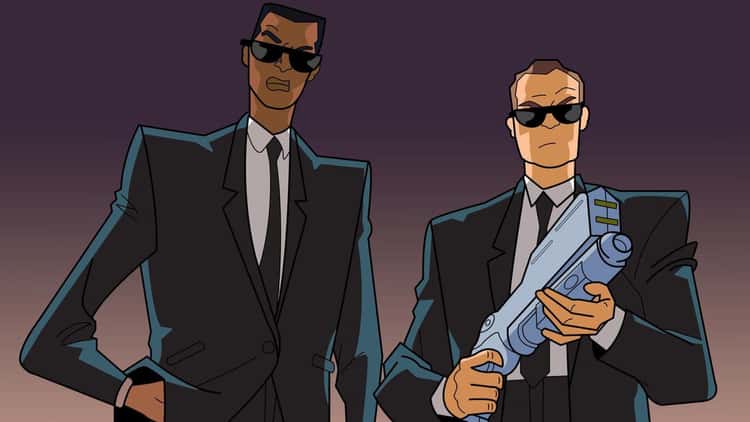
Men in Black was a surprise blockbuster that helped transform Will Smith into an international superstar. The movies continued with three sequels, but the franchise isn’t limited to the silver screen. In 1997, Kids’ WB released an animated series based on the first film called Men in Black: The Series. There is a comic book series that the movie inspired, but the animated show isn’t based on it in any direct way.
While the series is based on MiB, it exists in an alternate timeline. The most significant change coming from the alternate timeline is that Agent K didn’t retire after his first mission with Agent J, and the latter is still depicted as a rookie. The series effectively continues the story of Agents J and K but doesn’t follow an overarching continuity, so each episode is more of a standalone story than anything else.
5. Street Sharks (1994-1996)
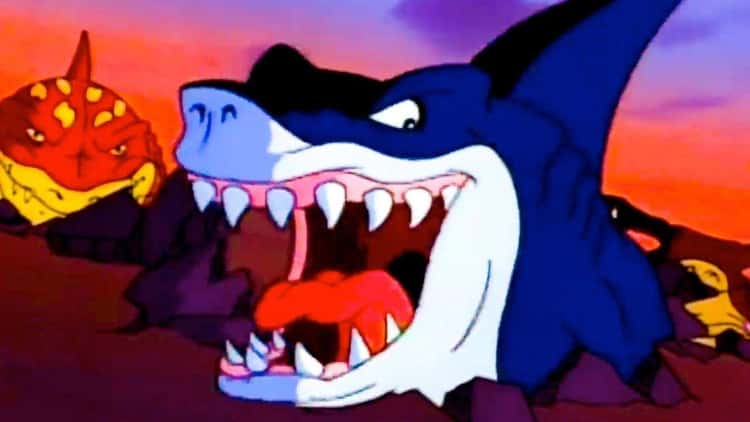
Just as in the 1980s, many cartoons of the ’90s were basically half-hour commercials to get kids to buy toys. Street Sharks, a blatant Teenage Mutant Ninja Turtles clone, was one such series. Created to promote a line of toys from Mattel, the show debuted in 1994. Two years later, it was retooled to become part of another series, Dino Vengers, and became Dino Vengers Featuring Street Sharks. It was canceled the following year.
The show revolves around a group of four brothers who become human-shark hybrids after they’re exposed to a machine called a “gene-slammer.” They solve mysteries, and their archnemesis is a scientist whose head transforms into a piranha when he’s angry. Essentially, it’s a series about monsters who were created to stop monsters – and every monster has its own marketable gimmick.
6. Mummies Alive! (1997)
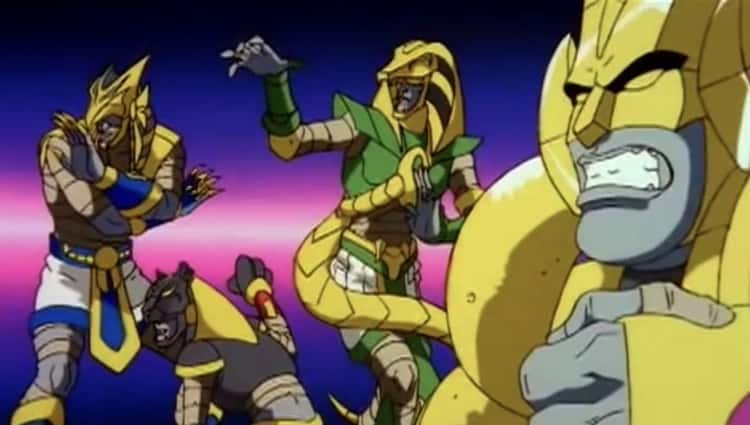
The entertainment industry was gripped with mummymania in the 1990s, culminating in Brendan Fraser’s The Mummy in 1999. Shortly before that film’s release, DIC Entertainment released Mummies Alive!, which has absolutely nothing to do with The Mummy, though it does serve as a great example of mummymania. The series was initially intended for an older audience, but it was retooled in the development process to make it more kid-friendly.
The series revolves around Presley Carnovan, the modern reincarnation of Prince Rapses, a pharaoh’s son from ancient Egypt. He was slain by an evil sorcerer named Scarab, who was punished with immortality for his misdeeds. In the modern world, he seeks the reincarnation of his nemesis, but he’ll have to get past Rapses’s reanimated cat Kahti and his bodyguards, Armon, Nefer-Tina, Rath, and Ja-Kal.
7. Pepper Ann (1997-2000)
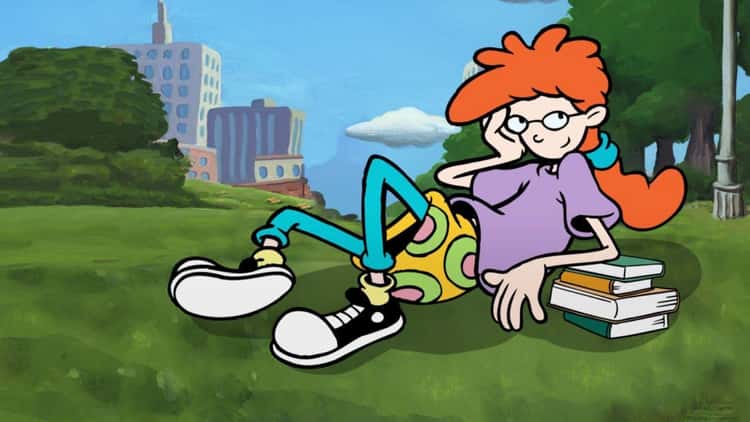
Pepper Ann is an interesting example of Disney’s innovation, but not because of any technical reason. It’s the first series in the studio’s history to be created by a woman. While it’s unfortunate it took nearly a century for that to happen, the end result is nonetheless entertaining for the whole family. The series focuses on the titular character’s various trials and tribulations.
Pepper Ann attends Hazelnut Middle School, where much of the series takes place. Kids could relate to Pepper Ann because they were going through many of the same adolescent ups and downs as the character. The show did reasonably well, having endured for five seasons, consisting of 112 segments across 65 episodes. Unfortunately, it’s largely forgotten these days, but it still has a dedicated fanbase of young adults who remember it fondly.
8. Sabrina: The Animated Series (1999-2000)
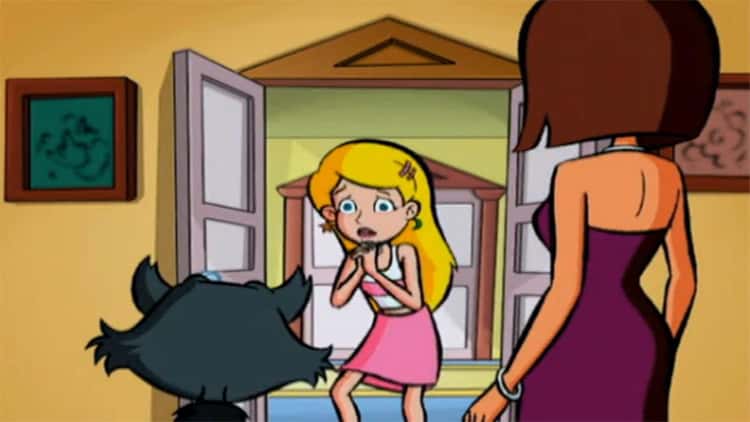
Sabrina: The Animated Series is a direct spinoff to Sabrina the Teenage Witch, but it is more heavily influenced by the Archie Comics character of the same name. The show takes a different approach in its desire to appeal to a slightly younger generation. Sabrina is twelve years old in the series and in middle school, setting the timeline a bit further back than the live-action series that spawned it.
The general structure of the character remains the same: she lives with her powerful witch aunts and black cat Salem Saberhagen. Sabrina attempts to navigate the difficulties of life in middle school, but with the constant interaction of magic, which she typically messes up due to her inexperience. The series ran for a single season of 65 episodes, but it didn’t entirely end, thanks to the direct sequel series, Sabrina’s Secret Life.
9. KaBlam! (1996–2000)
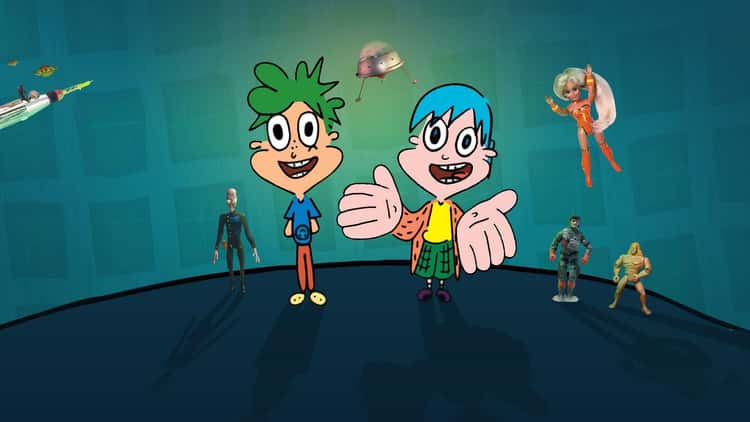
Nickelodeon is responsible for some of the greatest animated series of the 1990s, but one that didn’t get much attention while it was on was KaBlam! The series ran for four years of 48 episodes, and it offered up a place where independent animators could showcase their art. KaBlam! is a showcase series, and while it was fully animated, it contained every manner of animation imaginable.
The show worked as a platform for independent animators, so the various segments are all disparate from one another. Because of this, you might see an episode of traditional 2D cel animation in the same episode as a stop-motion featurette starring action figures. The series wasn’t limited to works from unknown animators, as it contained several regular shorts, including Henry and June, Sniz & Fondue, Action League Now!, Life with Loopy, Prometheus and Bob, and The Off-Beats.
